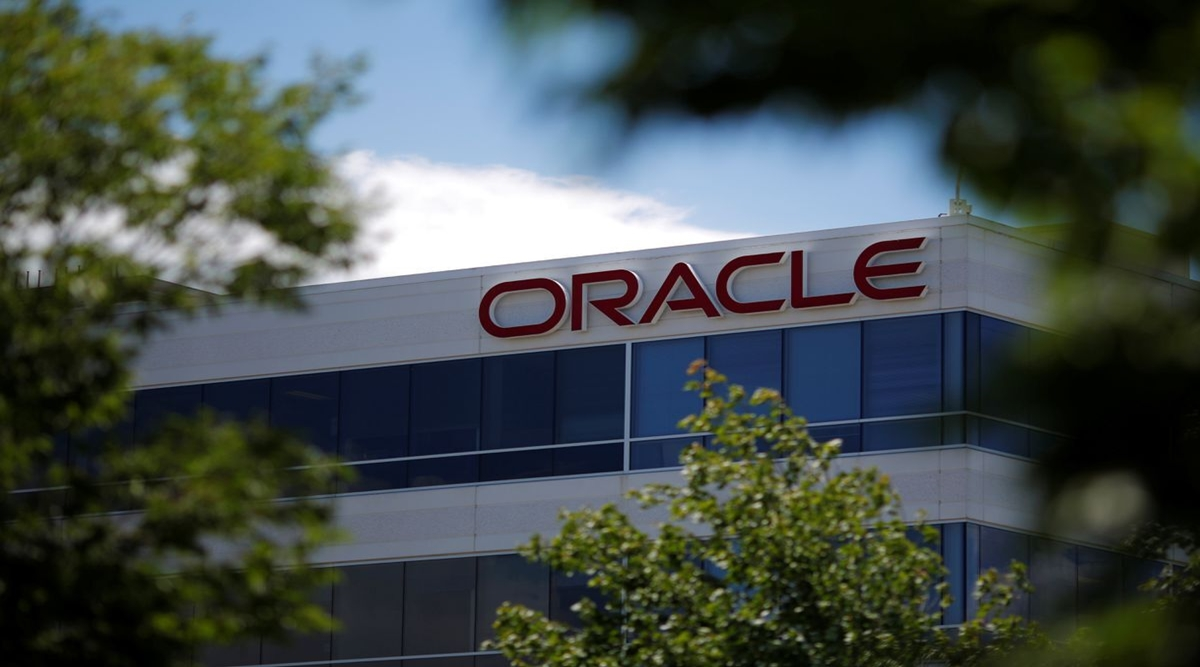Market Watch: US stock futures are above the flatline amid speculation about an upcoming Federal Reserve interest rate cut. Boeing workers vote on strike, while Oracle improves 2026 revenue target.
Adobe week earnings
Adobe’s fourth-quarter revenue guidance missed analysts’ expectations, with sales expected at $5.50 billion to $5.55 billion, below LSEG forecasts of $5.61 billion. Quarterly profit is expected at $4.63 to $4.68 per share. Adobe is introducing AI-powered editing software to boost demand.

Oracle outlook
Oracle has raised its 2026 revenue guidance by over 6%, predicting a revenue of $66 billion, compared to analysts’ expectations of $64.5 billion. The company also expects $104 billion in revenue by 2029 and a 20% annual earnings growth. Oracle’s surge in demand for cloud computing is fueled by the growing artificial intelligence industry.

Boeing Faces Union Vote
Boeing workers in the US Pacific Northwest are set to go on strike due to demands for higher pay. The strike, the company’s first major labor action since 2008, is set to commence from midnight Pacific time.

96% of Boeing’s largest labor union voted in favor of the strike, stating that the company’s recent negotiations were insufficient. The strike is a major headwind for Boeing, struggling to restore its reputation amid quality issues with its jets.
Economic Calendar
- 08:30 AM Import and Export Prices
- 10:00 AM Consumer Sentiment
- 01:00 PM Baker-Hughes Rig Count
Must read book about investing – check here Market Watch Market Watch Market Watch
Recent data indicating a possible cooling in the U.S. economy have alleviated some persistent inflation concerns, fueling hopes that the Federal Reserve will start to bring interest rates down from more than two-decade highs as soon as September. Along with the Dow, the benchmark and tech-heavytouched record marks last week.
The durability of the strength on Wall Street will likely be tested by a fresh batch of corporate results this week, including quarterly returns from artificial intelligence darling Nvidia (see below). Durable goods and consumer sentiment data will also be in focus as markets hunt for more evidence that growth is moderating enough to give the Fed justification for rolling out rate cuts this year.
Recent data indicating a possible cooling in the U.S. economy have alleviated some persistent inflation concerns, fueling hopes that the Federal Reserve will start to bring interest rates down from more than two-decade highs as soon as September. Along with the Dow,
The durability of the strength on Wall Street will likely be tested by a fresh batch of corporate results this week, including quarterly returns from artificial intelligence darling Nvidia (see below). Durable goods and consumer sentiment data will also be in focus as markets hunt for more evidence that growth is moderating enough to give the Fed justification for rolling out rate cuts this year.
arket Watch MMarket Watcharket Watch
MFitch Ratings has downgraded China’s credit rating outlook to “Negative” from “Stable” due to concerns over growing public debt and slowing growth in the world’s second-largest economy. The agency affirmed China’s rating at A+, citing increasing risks to China’s public finance outlook. Concerns over slowing economic growth have grown in recent months, with Fitch expecting gross domestic product growth to fall to 4.5% in 2024.
arket WatchMarket WatchMarket WatchMarket Watch Market Watch Fed Meeting Fed Meeting Fed Meeting Fed Meeting Fed Meeting Fed Meeting Fed Meeting Fed Meeting
U.S. inflation data for February is expected to provide insights into the future direction of Federal Reserve monetary policy. The overall consumer price index (CPI) is expected to match the previous month’s pace of 3.1% annually, with the core CPI expected to slow to 3.7% from 3.9% in January. However, the month-on-month gauge is expected to shed light on price gains momentum.
Fed officials have made cooling inflation the main objective of interest rate hikes, which have brought borrowing costs to over two-decade highs. They suggest cuts may be coming later this year, but need more evidence that price growth is sustainablely easing back down to their 2% annualized target. Analysts at ING believe inflation is likely too hot for comfort.
U.S. inflation data for February is expected to provide insights into the future direction of Federal Reserve monetary policy. The overall consumer price index (CPI) is expected to match the previous month’s pace of 3.1% annually, with the core CPI expected to slow to 3.7% from 3.9% in January. However, the month-on-month gauge is expected to shed light on price gains momentum.
Fed officials have made cooling inflation the main objective of interest rate hikes, which have brought borrowing costs to over two-decade highs. They suggest cuts may be coming later this year, but need more evidence that price growth is sustainablely easing back down to their 2% annualized target. Analysts at ING believe inflation is likely too hot for comfort.

